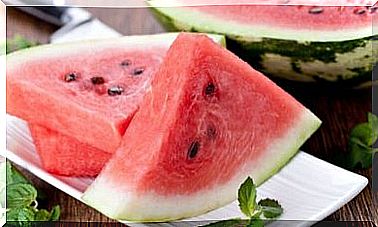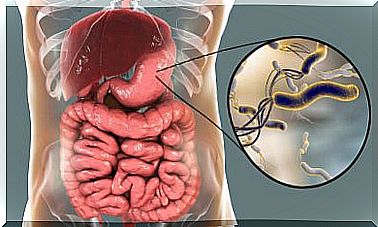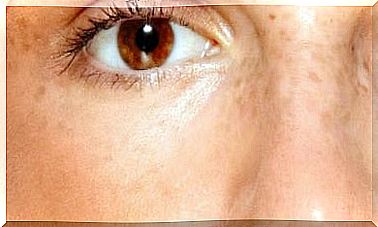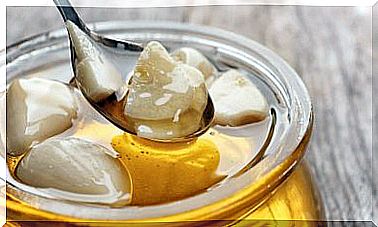The Main Summer Pathogens
As we well know, the arrival of summer comes hand in hand with a sudden increase in ambient temperatures. As a result, they also increase the chances of developing certain infections due to microorganisms that can proliferate under these conditions. What are the main summer pathogens?
Exposure to viruses, bacteria, and fungi occurs throughout the year; However, due to the characteristics of summer, some manage to spread more at these times. This time we detail the most frequent and their effects on health.
What is a pathogen?
A pathogen is any microorganism capable of causing discomfort or disease in the host in which it is installed. This definition would encompass all types of germs, including viruses, bacteria, fungi, protozoa, and other more complex microorganisms.
It should be noted that some of the diseases to be named have a multiple origin due to their general clinical picture. That is, they can be caused by pathogens of different genera or even different orders. Even so, these groupings are made in order to simplify the treatments.
What are the main summer pathogens?
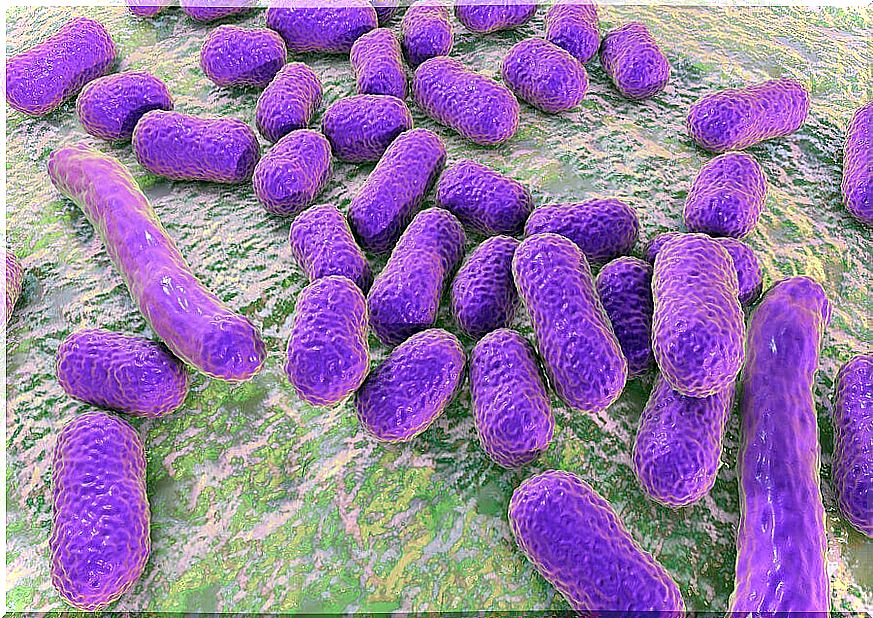
Inflammation-causing viruses and bacteria
Conjunctivitis and otitis are the autoinflammatory diseases that reign in public swimming pools. Conjunctivitis is based on an inflammation of the ocular conjunctiva layer, a mucous membrane that lines the inside of the eye. Its symptoms include the following:
- Eye inflammation.
- Redness of the eyes.
- Tearing
- Yellow scabs.
Conjunctivitis can have both a viral and bacterial origin, but the most common are those caused by adenoviruses, which are transmitted by direct contact and in contaminated water particles.
Otitis, on the other hand, usually has a bacterial origin if we talk about what happens in the outer auditory tract. Depending on its location, it is called internal or external otitis. Its clinical manifestations include the following:
- Difficulty hearing.
- Pain in the ear
- Sensitivity to touch.
Both pathologies have something in common; causative pathogens, whether viruses or bacteria, survive well in warm waters and temperatures. For this reason, swimming pools are breeding grounds for this type of superficial inflammation.
It is essential to take hygiene measures and bring material for your own use whenever possible, as these microorganisms also survive on surfaces.
Food poisoning pathogens

Who has not been unlucky enough to suffer from severe diarrhea after a summer feast? Food poisoning is the order of the day during the summer.
This occurs, firstly, because temperature increases tend to be beneficial for the replication of many of the organisms that cause them and, secondly, because human customs change during the holidays. It is not the same to eat at home, in a controlled environment, than in facilities on the edge of the beach with low sanitation standards.
According to the MedlinePlus portal , some of the most common pathogens that cause this general picture are the following:
- Bacteria of the genus Campylobacter, gram negative rods motile due to the presence of flagella.
- The E. Coli bacterium , which generally inhabits the microbiota of the human intestine without causing complications, has some strains that cause diarrhea by adhering to the intestinal mucosa.
- The Vibrio cholerae bacteria that has two serotypes causing cholera by all known.
- The Salmonella genus of bacteria , which has a greater capacity for replication at high temperatures.
As we can see, almost all summer diarrhea has a bacterial origin, since it is easy for the microbiota of the animal to be consumed to mix with its meat if it is not handled properly. Likewise, it is usual that the water used to make the recipe or to clean the utensils is contaminated.
Other common pathogens in the summer
The pathogens described in advance take the prize for the prevalence in summer; however, we could not close the space without commenting on other very common pathologies during the season.
- According to the World Health Organization , there are 10 common diseases transmitted by insects to humans. The reproductive cycle of most of these species ends with adults in spring or summer and, therefore, its prevalence increases at this time. Here we find diseases such as dengue, malaria, leishmaniasis or yellow fever, often caused by viruses and protozoa.
- The fungi that cause dermal pathologies are also very common in the summer. Again, facilities such as swimming pools or public baths are breeding grounds for them, since high humidity and temperatures favor their growth.
As we have seen, the list of disease-causing pathogens during the summer is almost endless. Bacteria are in the lead, as they are the cause of both inflammation and almost all symptoms of gastroenteritis and diarrhea.
Therefore, it is necessary to exercise extreme caution when choosing where to eat or where to bathe during the holidays. In addition, in case of presenting symptoms of infection, it is essential to see a doctor.
